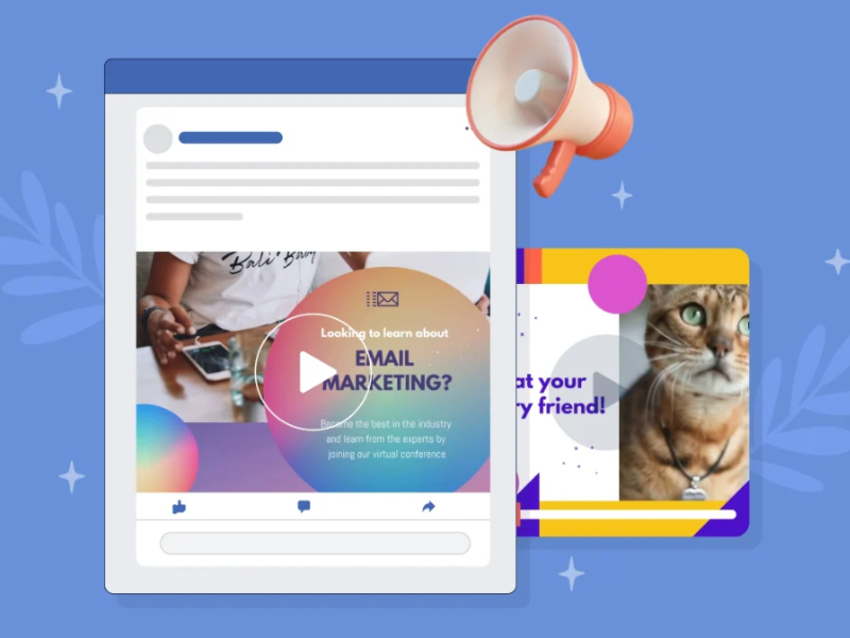Encountering the Facebook invalid parameter error during ad setup can disrupt your campaign and cause unnecessary delays. This guide will help you understand the root causes, identify common triggers, and apply effective solutions. With the right approach, you can resolve the issue quickly and keep your ads running smoothly.
What Is Facebook Invalid Parameter Error?
| Code | Description |
| 100, sub-code 1487694 | Invalid parameter. The category you selected is no longer available. Some behavioral targeting categories have been discontinued. If you try to use these categories to create ads, the request will fail and return this error. |
| 100, sub-code 1752129 | Invalid parameter. This task combination is not supported. To assign users to this ad account-validated feature, you must pass in a task combination defined during the matching process. |
In short, Invalid Parameter or “Facebook invalid parameter error” usually occurs when an application or user tries to perform an action on Facebook that includes incorrect or unexpected parameters. This error can arise in a variety of situations, such as when using Facebook APIs, creating ads, or posting content.
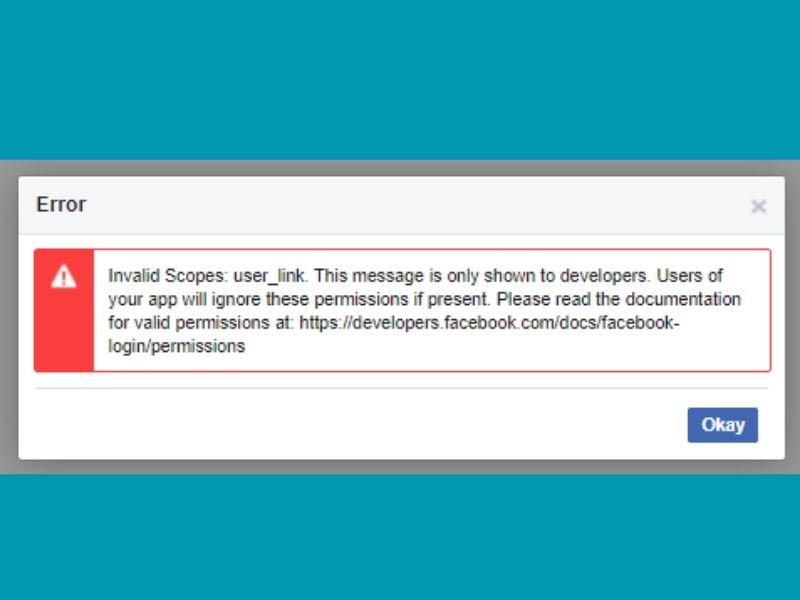
What Causes Facebook Invalid Parameters?
Understanding the causes of Facebook Invalid Parameter errors is crucial for effectively managing API interactions and ensuring smooth operation of your Facebook marketing campaigns. Here’s a detailed explanation of the common causes and their symptoms:
Data Format Violation
Symptoms: When working with APIs, the format of the data you send is crucial for successful communication. For example, if an API expects a date in the ‘YYYY-MM-DD’ format, but you mistakenly provide it in the ‘DD-MM-YYYY’ format, the API won’t be able to interpret the date correctly. This discrepancy will trigger an “Invalid Parameter” error, as the API can’t process the information as intended.
Explanation: This error is a frequent issue caused by sending data in an incorrect format. For instance, if the Facebook API expects a parameter to be an integer and you send a string instead, the API will reject the request. Adhering to the required data formats is essential to avoid these errors.
Missing or Incomplete Parameters
Symptoms: When making a request to post on Facebook via the API, if you omit essential parameters like ‘message’ or ‘link’, the request will be rejected, and you will see an “Invalid Parameter” error.
Explanation: This error occurs when required parameters are missing or incomplete. Facebook’s API has specific parameters that must be included in the request. If any of these mandatory parameters are missing, the API will return an error indicating that the parameters are invalid.
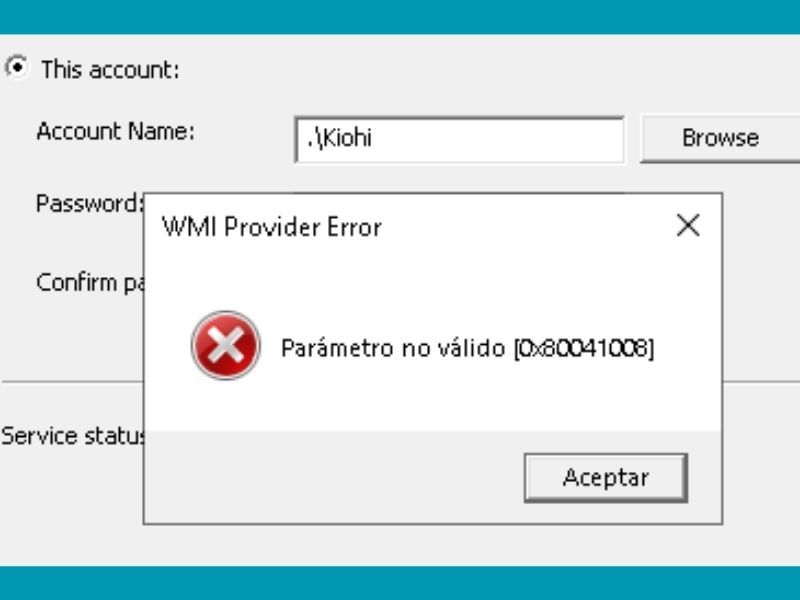
Invalid Parameter Values
Symptoms: If you provide a user ID that either doesn’t exist in the system or has been disabled, the API won’t be able to recognize or process the request associated with that ID. As a result, the API will generate an “Invalid Parameter” error.
Explanation: Even if the data format is correct, using invalid parameter values can lead to this error. For example, providing an ID that is either non-existent or deactivated will trigger this issue. Facebook’s API enforces strict rules on parameter values, and any deviation from these rules can result in errors.
Unsupported Parameters
Symptoms: If you include a custom parameter that isn’t supported by Facebook’s API, the API won’t recognize or process this unexpected data. This will result in an “Invalid Parameter” error. Facebook’s API is designed to accept only specific, predefined parameters.
Explanation: This error can occur if you use a parameter that the API does not recognize or that has been deprecated. This often happens if you are using an outdated version of the API or have not consulted the latest documentation from Facebook. It is crucial to ensure that all parameters in your request are supported and up-to-date.
Interacting with Incompatible API Versions
Symptoms: If you are using an older version of the API and your request includes parameters that are only supported by newer versions, the API will not be able to recognize these parameters. As a result, you will encounter an “Invalid Parameter” error.
Explanation: Errors may arise when parameters included in the request are not compatible with the API version in use. Different API versions may have different requirements or handle parameters in various ways. Keeping your API version updated and compatible with the parameters you use is essential to avoid such errors.
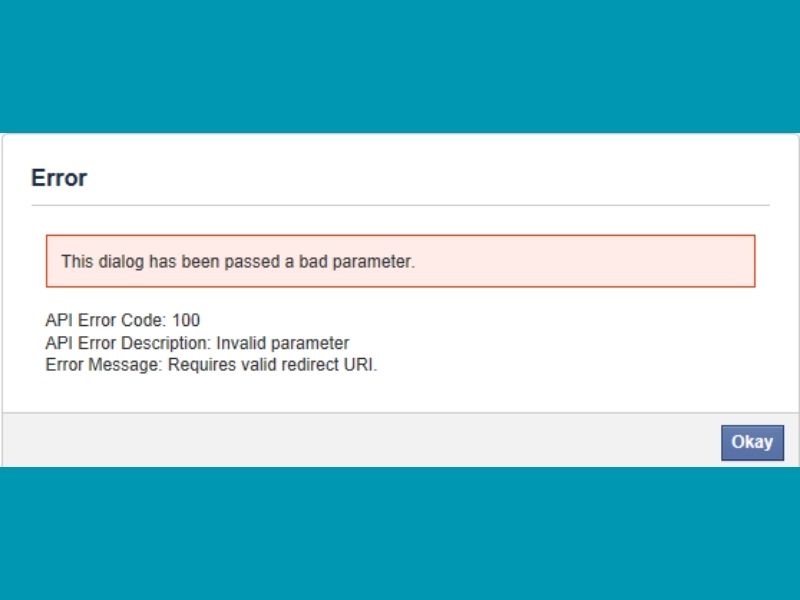
How to Fix Facebook Invalid Parameter Errors?
Resolving Facebook Invalid Parameter errors involves a systematic approach to diagnose and correct the issues causing these errors. Here’s a step-by-step guide to help you address and fix these errors effectively:
Step 1: Reviewing Error Messages
Understanding Error Codes:
Facebook provides specific error codes alongside the “Invalid Parameter” message to help developers diagnose issues more effectively. These error codes are numeric or alphanumeric identifiers that correspond to particular types of parameter errors. Each code offers clues about the nature of the problem, such as whether it’s related to data formatting, missing values, or unsupported parameters.
By referencing these codes, developers can pinpoint the exact cause of the error and take appropriate corrective actions.
Steps:
- Check the Error Message and Code:
- Look at the error message provided by Facebook. It typically includes a code and description, such as “Invalid parameter: ad_id must be a string” or “Invalid parameter: start_time must be in the future.”
- These messages directly point out which parameter is causing the issue and often suggest how to correct it.
- Refer to Facebook’s Official Documentation:
- Use the error code to look up its meaning in Facebook’s official API documentation. This will help you understand the specific requirements or constraints related to the parameter.
- Identify the Problematic Parameter:
- Determine which parameter is being flagged as invalid and check its required format or value constraints. Make sure that you are providing the correct data as per Facebook’s requirements.
Common Error Messages:
- “Invalid parameter: ad_id must be a string.”
- This message indicates that the ‘ad_id’ parameter was expected to be a string but was provided in another format.
- “Invalid parameter: start_time must be in the future.”
- This error signifies that the ‘start_time’ parameter was not set to a future date, which is required by the API.
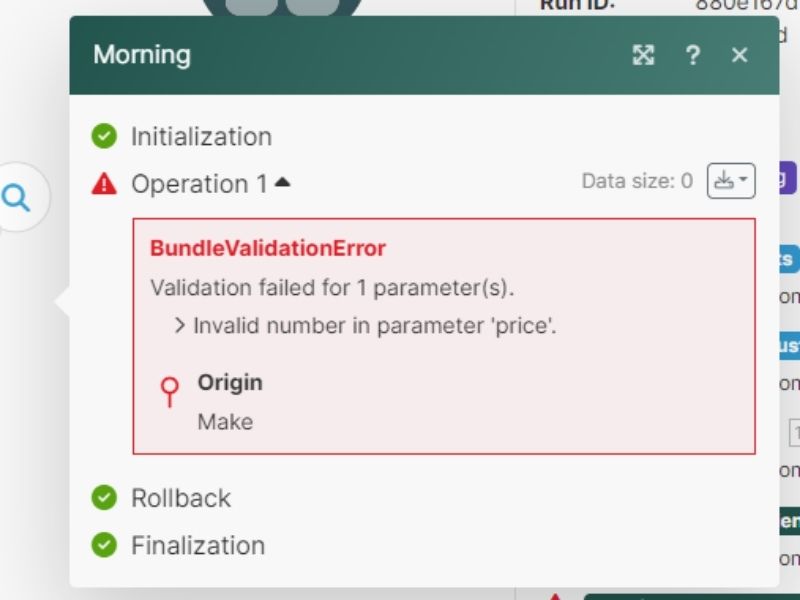
Step 2: Identifying the Source of the Error
Techniques to Diagnose the Issue:
- Use Facebook Debugger: Facebook Debugger is a useful tool for identifying errors in your API requests. It allows you to inspect sent requests, view each parameter’s details, and receive feedback on what might be incorrect.
- Check Server Logs: If you have access to server logs, review them for detailed information about the API requests. Logs can provide precise data about which parameters or configurations are causing errors during processing.
Methods:
- Facebook Debugger: Enter your API request details into the Debugger to see a detailed analysis and feedback on parameter issues.
- Server Logs: Search server logs for specific error entries related to API requests. These logs can help pinpoint where the error originates.
Step 3: Correcting Invalid Parameters
Steps to Resolve Errors:
- Verify Parameter Formats: Ensure all parameters you provide match the required format specified by Facebook. For example, dates should be in the ‘YYYY-MM-DD’ format.
- Ensure Valid Values: Check that all parameter values (such as IDs, names, or numeric values) fall within acceptable ranges and are recognized by Facebook.
- Adjust API Configuration: Confirm that you are using the correct API version and configuration. If the API requires a specific version, make sure your requests comply with that version’s requirements.
Actions:
- Format Check: Review and correct the formats of date, numeric, and string parameters as per the API’s specifications.
- Value Validation: Validate that all values conform to the expected criteria and are within the permissible range.
- Configuration Update: Update your API settings or version if necessary to align with Facebook’s latest requirements.
Step 4: Testing Your Fixes
Testing the Corrected Requests:
- Use Postman: After fixing the errors, use Postman to re-send your API requests and check if the errors have been resolved. Postman helps confirm that the fixes are effective.
- Run Test Scripts: If you have automated test scripts, run them to ensure that not only the initial error is resolved but also that other aspects of your API requests function correctly.
Testing Methods:
- Postman: Send your corrected API requests through Postman to validate that the errors no longer occur.
- Automated Tests: Execute your test scripts to verify that all parts of your API interaction work as expected and that no new issues have been introduced.
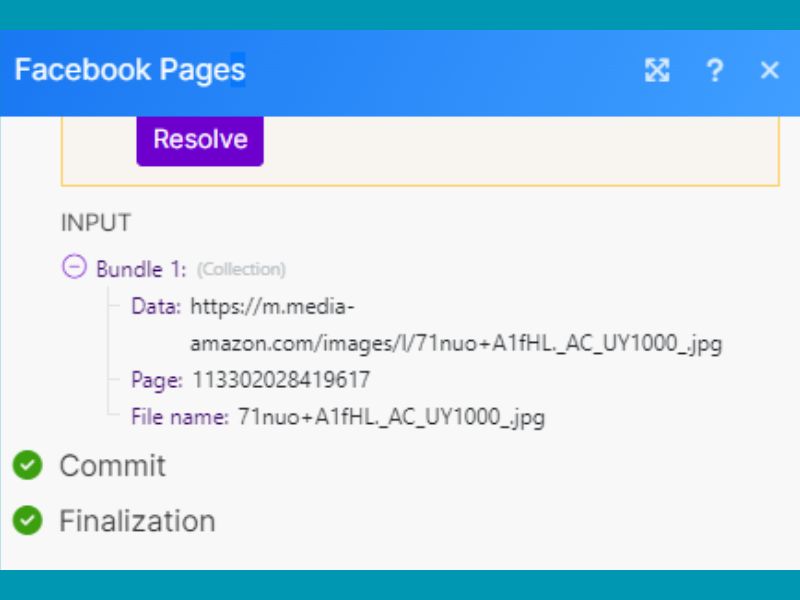
Best Practices for Avoiding Facebook Invalid Parameter Errors
Preventing Facebook Invalid Parameter errors involves proactive measures to ensure data accuracy and adherence to API requirements. Here are some best practices to help you avoid these errors:
Validate Input Data Consistently
- Ensure Accurate Formatting: Always verify that the data you input, such as dates, IDs, and numbers, follows Facebook’s format requirements. For instance, ensure that dates are in the ‘YYYY-MM-DD’ format and IDs are correctly formatted.
- Automatic Validation Tools: Implement validation tools in your code to automatically check the correctness of input data before making API requests. These tools can help catch errors early and prevent invalid data from being sent.
Keep API Documentation Up-to-Date
- Refer to the Latest Facebook Documentation: Facebook frequently updates its API documentation. Regularly consult the official documentation to ensure you are using the correct parameters and methods.
- Monitor API Versions: Pay attention to the API version you are using and any deprecated features that might affect your integration. Updating to the latest API version can help prevent potential errors.
Implement Robust Error Handling
- Use Error Codes and Messages: Integrating error handling mechanisms that log or alert specific error codes and messages is crucial for efficient troubleshooting and maintenance. By capturing detailed information about errors, such as “Invalid Parameter” errors, these mechanisms allow developers to quickly identify the root cause of an issue.
- Fallback Mechanisms: Establish fallback procedures to handle errors efficiently, such as retrying requests with corrected parameters or notifying users about issues.

Regularly Test Your Configurations
- Utilize Testing Tools: Use tools like Postman or Facebook’s Graph API Explorer to thoroughly test API requests before deploying them in a live environment. These tools can help ensure that requests are properly formatted and functioning as expected.
- Conduct Comprehensive Testing: Periodically performing comprehensive tests of your integration is essential to ensure that all components work together seamlessly and without issues. These tests help identify and rectify any potential problems, such as parameter errors, before they impact the system’s functionality.
Regular testing allows you to catch discrepancies or outdated configurations that might otherwise lead to “Invalid Parameter” errors or other issues during API interactions.
Maintain Clear Documentation
- Document Parameter Requirements: Keep detailed records of the parameters required for specific Facebook API requests. This documentation should include format requirements, acceptable values, and examples.
- Update Internal Documentation Regularly: When Facebook updates its API or your integration evolves, make sure your internal documentation reflects these changes to avoid mistakes that could lead to errors.
Stay Informed on Facebook Updates
- Subscribe to Developer Updates: Signing up for updates from Facebook for developers is a smart way to stay informed about any changes to the API, new features, or potential issues that could impact your integration. By receiving these updates directly from Facebook, you can promptly adjust your integration to accommodate new requirements or take advantage of new functionalities.
- Engage with Developer Communities: Joining forums or online communities where developers share knowledge is an excellent way to stay ahead of potential problems and troubleshoot common issues. These communities are valuable resources for discussing real-world experiences, exchanging solutions, and keeping up with the latest industry trends.
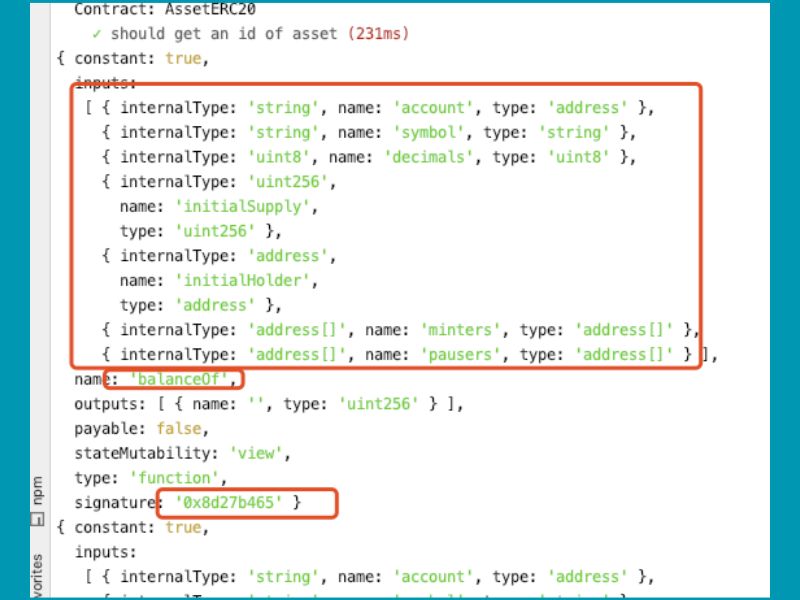
Understanding and fixing Parameter Invalid Facebook issues is key to optimizing your Facebook advertising performance. If you don’t have enough time to handle these technical problems yourself, let NEMI Ads help. Our expert team can quickly resolve such issues and improve your campaign results. Contact us today through our website to unlock the full potential of your Facebook ads.




